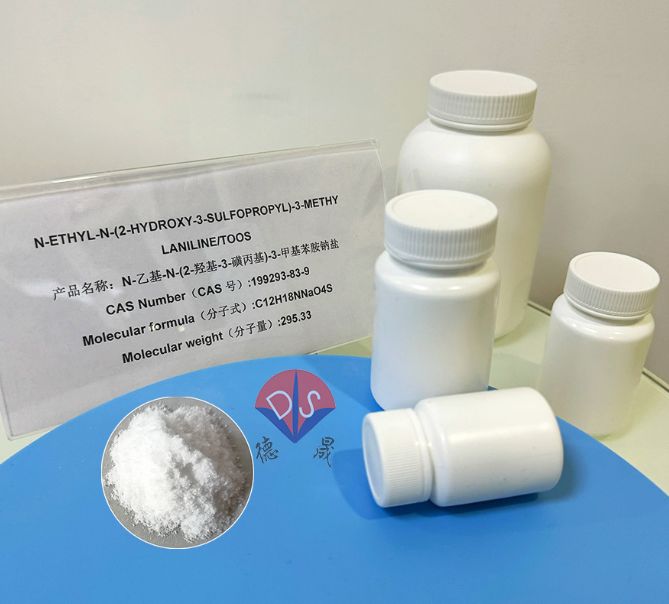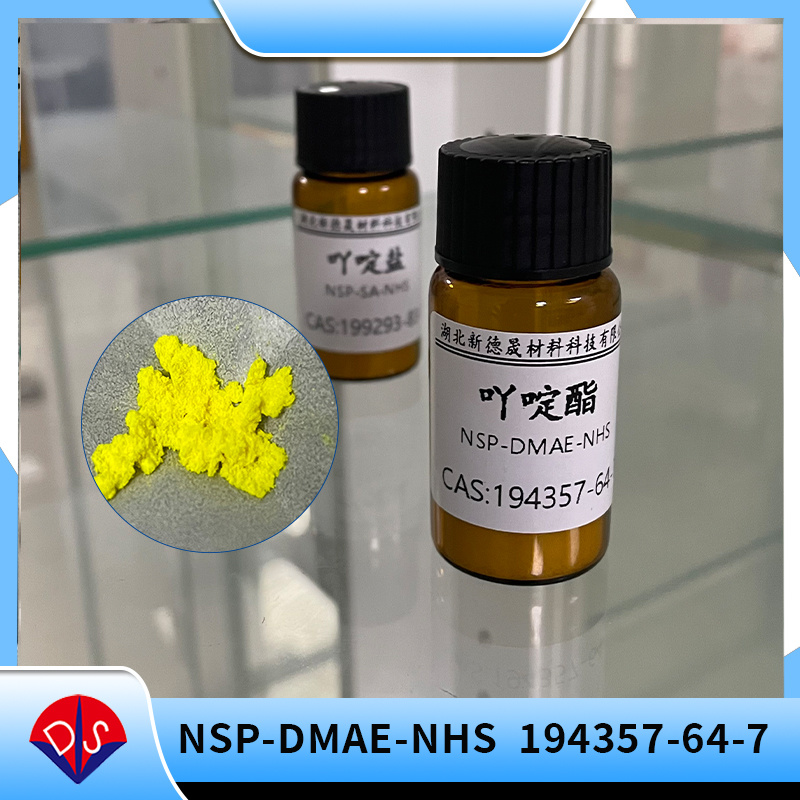Attention: IVD diagnostic test kits need to focus on verifying these four aspects
Release time:
2025-05-02
In the field of in vitro diagnostics (IVD), diagnostic testing kits can be regarded as the "core key" for disease diagnosis, and their performance is of great significance. From the initial screening of common diseases to the diagnosis of complex and difficult illnesses, IVD kits play a crucial role. Accurate reagent kits can sensitively capture signals, helping to timely and accurately diagnose the condition. If the performance of the reagent kit is poor, it is highly likely to cause misdiagnosis or missed diagnosis, which not only causes patients to miss the ideal opportunity, but also may lead to unnecessary waste of resources. Strict validation of multiple key performance aspects of IVD diagnostic testing kits is an important requirement to ensure their quality and reliability.

(IVD Diagnostic Kit Color Raw Material TOOS)
Performance validation analysis
1. Sensitivity: Sensitivity is one of the key performance indicators of IVD diagnostic testing kits, which reflects the low concentration or titer of the target substance detected by the kit. In the diagnosis of infectious diseases, highly sensitive reagent kits can accurately detect target substances in the early stages of pathogen infection when the pathogen content in the body is extremely low, providing key basis for early diagnosis and timely detection.
2. Specificity: Specificity reflects the ability of the kit to distinguish the target substance from other similar substances, which is validated through cross reactivity testing. In complex biological samples, there are multiple structurally similar substances, and the reagent kit needs to accurately identify the target substance to avoid misjudgment. In biomarker detection, highly specific reagent kits can accurately identify specific biomarkers without reacting with other unrelated proteins or substances.
3. Precision: Precision tests the consistency of repeated testing, including intra batch, inter batch, and inter laboratory differences. Intra batch precision ensures stable results for the same batch of test kits in multiple repeated tests, inter batch precision ensures consistency in performance between different batches of test kits, and inter laboratory precision reflects the universality of test kits in different laboratory environments.
4. Detection limit (LOD) and quantification limit (LOQ): The detection limit determines the low signal detectable by the kit, while the quantification limit specifies the low value that can be accurately quantified. These two indicators are important for trace substance detection. In genetic testing, accurately determining the detection limit and quantification limit can ensure that the reagent kit will not miss detection when detecting low abundance gene mutations, and can accurately determine the content of mutated genes.
Clinical sample validation
1. Positive/negative conformity rate: Validate the kit using samples with known clinical outcomes to determine its positive/negative conformity rate. When validating a diagnostic kit for a certain rare disease, the test results of the kit are compared with the actual situation of diagnosed patients and healthy individuals. If the positive and negative coincidence rates reach a high level, it indicates that the kit has high accuracy in clinical application.
2. Comparison with reference methods: If the results of the new kit are highly consistent with the traditional gold standard for pathological diagnosis, it indicates that the new kit has advantages such as easy operation and fast detection, and is suitable for clinical promotion and application.
3. Sample type applicability: Different clinical samples, such as blood, saliva, urine, etc., have different components and characteristics. Validate the performance of the reagent kit in different sample types to ensure its effectiveness in diverse clinical scenarios.
Stability test
1. Storage stability: Investigate the shelf life of the reagent kit at different temperatures, such as 4 ℃, room temperature, and freezing. Appropriate storage temperature can ensure the stability of reagent activity in the reagent kit and prolong its service life.
2. Transportation stability: Logistics conditions, including temperature fluctuations, vibrations, and other factors, have an impact on the reagent kit. In the actual transportation process of the reagent kit, it may face various complex environments. Only through transportation stability testing can the performance of the reagent kit be ensured not to be affected under these conditions.
Production process validation
1. Batch consistency: Ensuring the stability of product performance across different batches is crucial for production process validation. Stable inter batch consistency means that reliable test results can be obtained regardless of which batch of reagent kit the patient uses.
2. Key process parameters: Optimizing production steps, coating concentration, reaction time, and other key process parameters can improve the performance of the reagent kit. By continuously optimizing the production process and adjusting the coating concentration, the capture ability of the reagent kit for the target substance can be enhanced. Optimizing the reaction time can make the reaction more complete, thereby improving the sensitivity and specificity of detection.

(IVD luminescent reagent acridine ester NSP-DMAE-NHS)
In the entire R&D and production chain of IVD diagnostic testing kits, Hubei Xindesheng plays an indispensable and important role as a raw material manufacturer. The raw materials supplied by Xindesheng, including biological buffering agents, enzyme preparations, and chromogenic substrates, are of reliable quality. In the field of enzyme preparations, Xindesheng's products have high activity and stability, and can quickly catalyze reactions in the production of biochemical diagnosis, immune diagnosis and other reagent kits. If you have any purchasing needs, please feel free to contact us at any time!
Previous page
Previous page
Contact details
Contact number
Address: C8, Guanggu United Science and Technology City, Ezhou City, Hubei Province
Fax:0711-3704 589
Follow us



